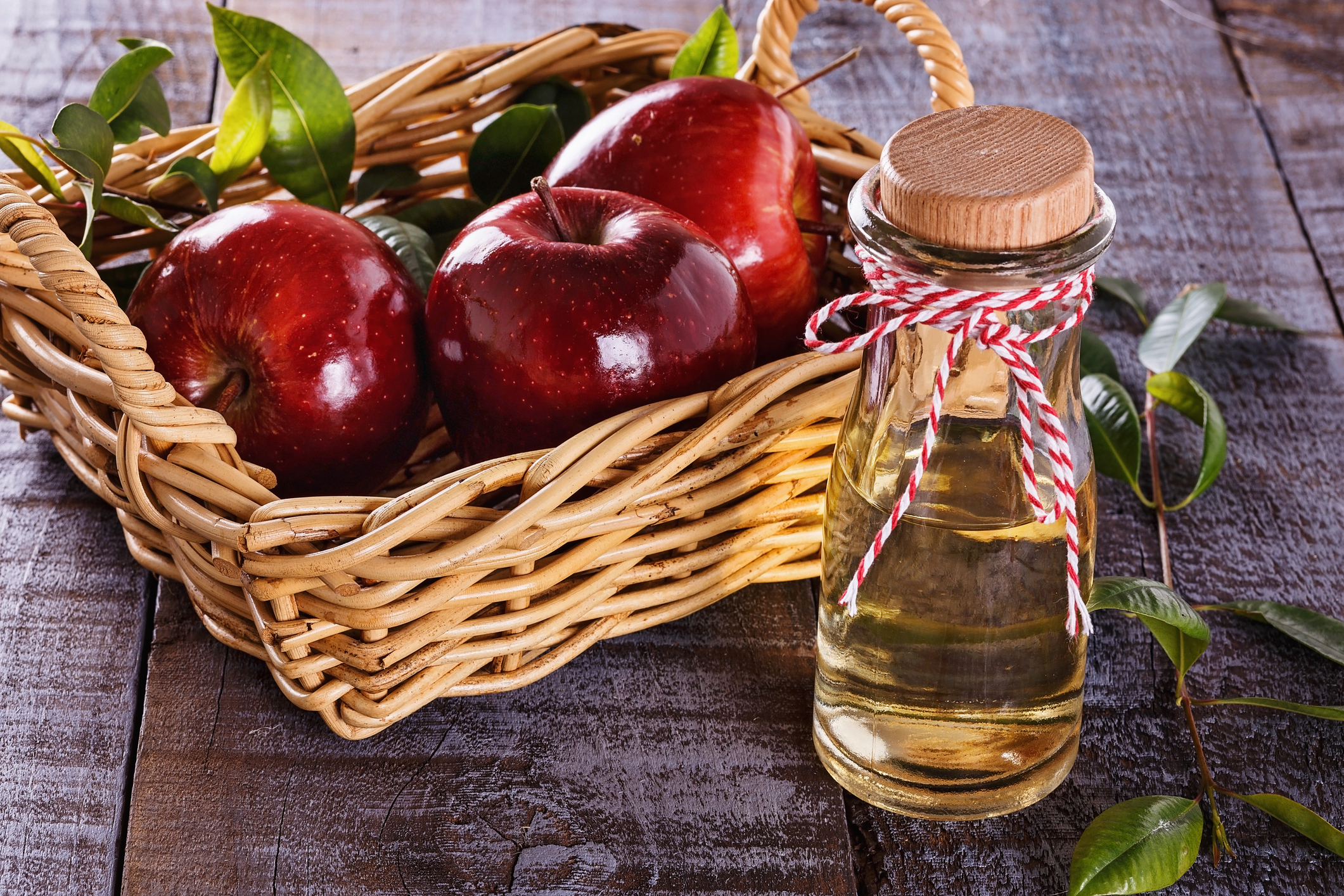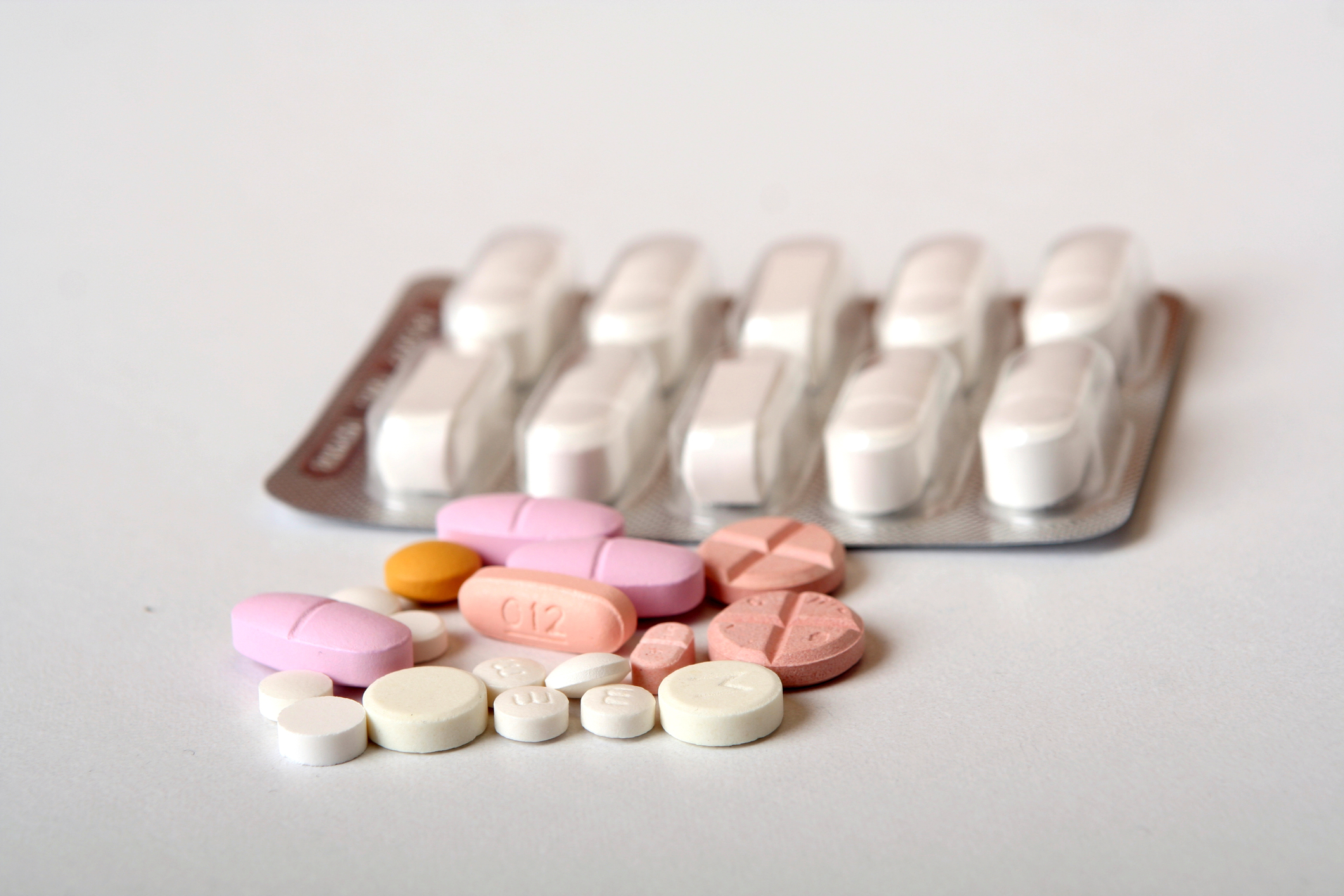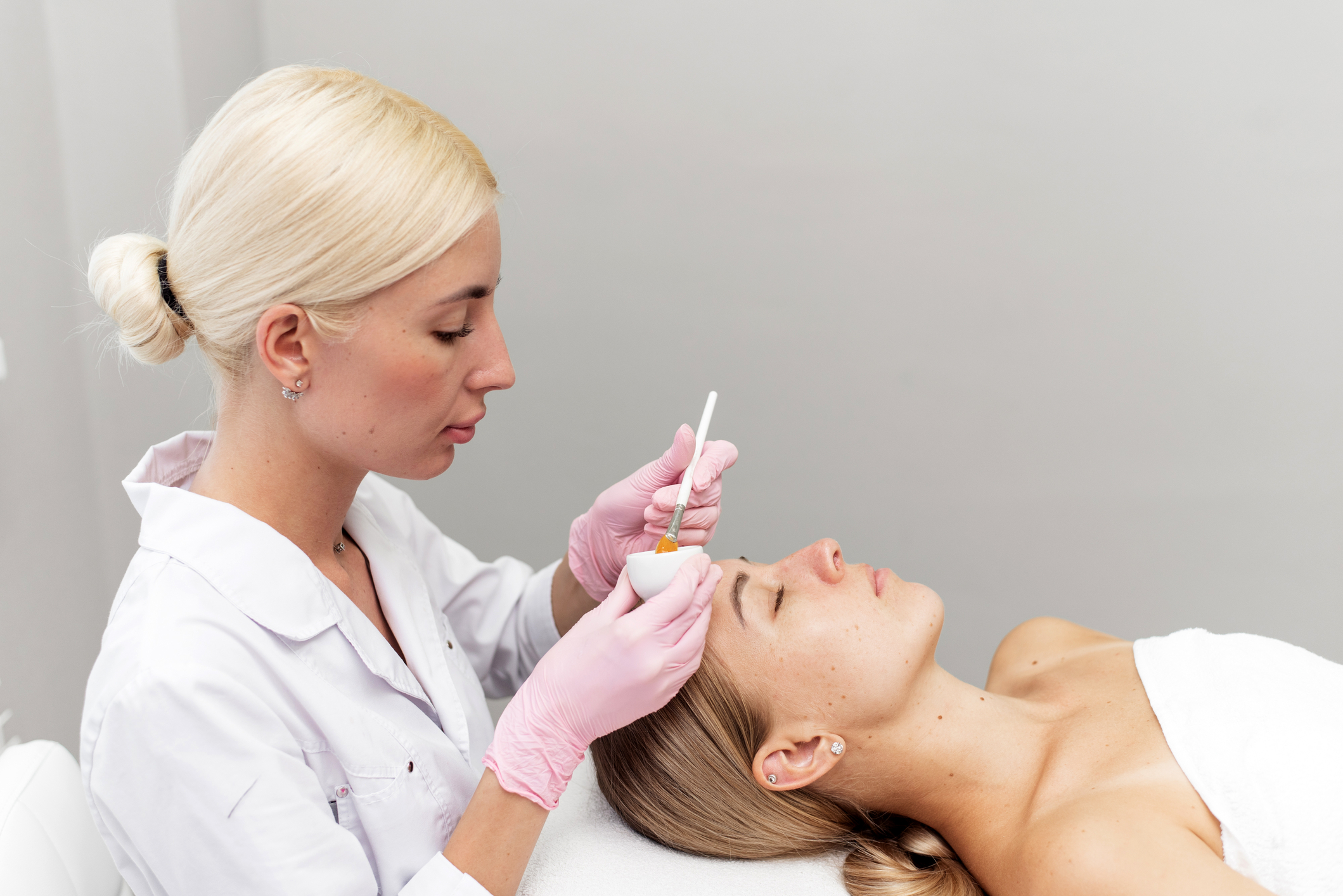Top Five Essential Steps to Painlessly Erase Skin Tags
Understanding what skin tags are is the first step towards removing them. They appear as small, soft pieces of hanging skin, somewhat similar to warts but completely benign. Healthy skin tags are the same color as the surrounding skin or slightly darker, and they originate from areas where the skin often experiences friction, such as armpits, eyelids, or groins. If your skin tag is painful, changes color, or bleeds, consult with a healthcare professional before attempting any home removal.
While skin tag removal may be desirable for cosmetic reasons or for relief from discomfort due to friction, it is widely accepted as not medically necessary. However, they can be regarded as a simple dermatological issue that can be safely addressed at home. The very first, and most important step, involves sterilizing the area and your hands to prevent infection. Keep clean, sterile bandages or gauze handy, in case of minor bleeding.
Natural Skincare Oils

Natural oils, such as tea tree and castor, have been lauded as excellent home treatments for skin tags. Tea tree oil contains powerful antiviral and antifungal properties, and it's believed to dry out the skin tag, causing it to fall off. Similarly, castor oil mixed with baking soda supposedly helps shrink the skin tag.
Applying oil to the skin tag involves cleaning the area thoroughly, applying the oil with a cotton swab thrice daily, and repeating these steps until the tag falls off. It's important to note, however, that while these home remedies and others remain popular, there's limited scientific evidence supporting their effectiveness. Always test for allergic reactions before applying oils extensively.
Apple Cider Vinegar Treatment

Another common home remedy for skin tag removal involves apple cider vinegar. The acetic acid in vinegar is purported to break down the tissues within and surrounding the skin tag, causing it to fall off.
Similar to the oil treatment, you'll need to clean the area first, then use a cotton swab soaked in vinegar to apply it to the skin tag. This treatment should be repeated twice daily until the skin tag disappears. Be cautious, as vinegar can cause skin irritation. Never use on irritated skin or near the eyes.
Over-the-Counter Solutions

In addition to home remedies, over-the-counter (OTC) treatment options for skin tag removal are available. The most common are topical creams and liquids which contain salicylic acid and can be applied directly to the skin tag. Another option is a freezing kit, similar to those used by doctors, which works by freezing and thus killing the skin tag cells.
These treatments generally take several days to work and may cause minor skin irritation. Remember to follow the manufacturer's instructions to the letter and consult a dermatologist or pharmacist for advice if unsure.
Professional Medical Procedures

If home remedies or OTC solutions are not your choice or prove ineffective, you can opt for professional medical procedures. Cryotherapy, Ligation, Excision, and Electrosurgery are some of the treatments doctors typically use to remove skin tags painlessly.
These procedures should only be carried out by a trained professional and, as with any medical procedure, they carry a small risk of infection or scarring. It's important to discuss these options, their benefits, and potential risks with your healthcare provider to make an informed decision about your skin tag treatment.
Maintaining Your Results

Once the skin tag is successfully removed, you'll want to focus on preventing recurrence. Areas of the body that are susceptible to friction, such as underarms, groins, and eyelids, are ideal environments for skin tags. Maintaining a healthy weight, wearing non-frictional clothing, and keeping these areas dry can help reduce the chances of regrowth.
Maintaining your skin's health with proper hygiene and skincare routines are fundamental in minimizing skin tags occurrence. If you notice the growth of new skin tags or any changes in your skin's appearance, it might be time for a consultation with a skincare professional. Remember, prevention is as important as treatment.